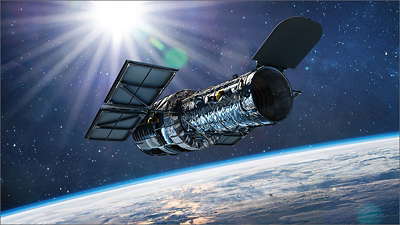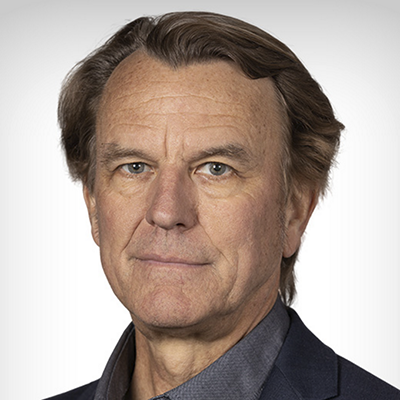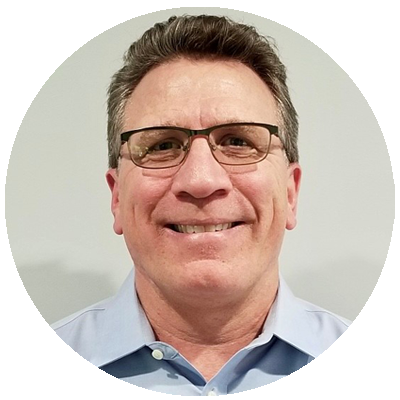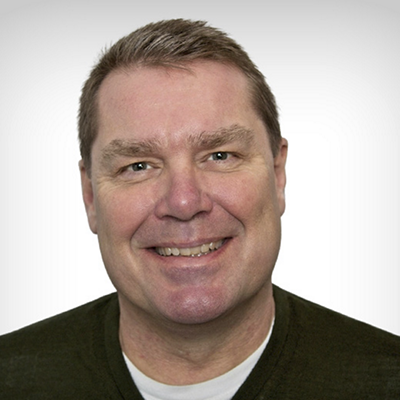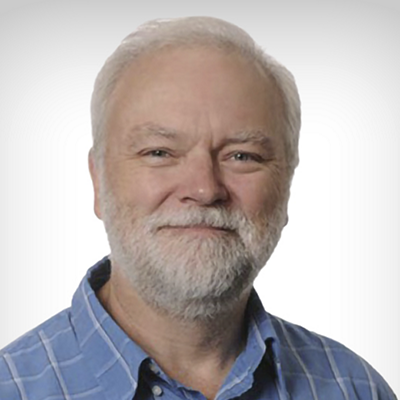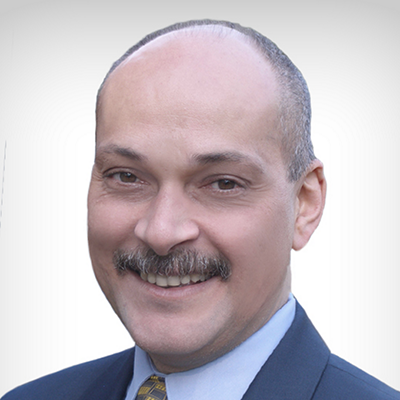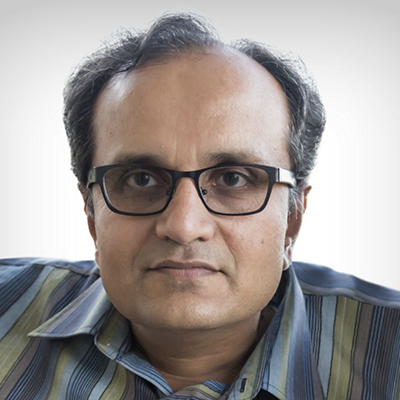Cloud native EDA tools & pre-optimized hardware platforms
Galaxy clusters, planets, white dwarfs, red giants, super giants, ring nebulas, neutron black stars, black holes, and much more. These are some of the things that NASA astrophysicists had expected to see with greater clarity through the Hubble Space Telescope after it launched in 1990. While the Hubble images taught them a great deal about the universe we live in, it was an in a deep space survey—roughly 13-billion light years away—that taught them the most. Curious about this speck of nothing within a firmament of somethings, scientists stared at the empty patch of sky for nearly two weeks straight.
When the images of the survey came back, it turned out that the patch of sky wasn’t empty at all. It was full of matter and included things the scientists had never before seen. For instance, there were , as if they were nascent and hadn’t quite curled up into their typical nautilus yet. The long-ago light from those galaxies had travelled across the expanse of the universe to reach the Hubble mirrors so that we could witness in our time what had happened so long ago—during the age of their formation.
The survey sparked an audacious idea: What if you could see so far into deep space that you could witness the origins of the universe itself? Because of the time it takes light to travel across distance, it means that the deeper in space you peer, the farther back in time you see. The idea to look deeper required some ambitious thinking on the scientists’ part. The inspiration drove a creative force that would put technology further into space with greater levels of light collection and sensitivity than the Hubble could offer. And with over a thousand people working through decades in one of the largest programs that NASA has ever fielded, the James Webb Space Telescope (JWST) was born.

JWST: Higher Stakes, Orders of Magnitude of Greater Complexity
One of the biggest challenges in building the James Webb Space Telescope was configuring it to deploy in space to overcome the distorting reflections of the earth’s atmosphere. But even when scientists were able to tackle that by sending it a million miles from the earth’s surface, there was another issue. It still wasn’t cold enough. Temperature from the sun and the Earth would affect the instrumentation’s ability to see the infrared energy of deep space objects and inhibit the quality of the images. As a result, the scientists built an enormous parasol, bigger than the size of a tennis court, to shield JWST from the sun’s heat. When the one parasol turned out to not be enough, they designed another parasol, to protect the first one. And then they built more, five in total, so that the JWST can run at 40 degrees above absolute zero.
The James Webb Space Telescope is the biggest telescope that has ever been put in space. It has a primary mirror that is roughly the size of a tennis court and folds up, consisting of 18 hexagonal segments. The size and complexity of JWST was mammoth relative to the Hubble, which had a one-piece primary mirror that was roughly one-third the diameter of JWST and didn’t fold. In addition to the innovation of folding up the primary mirror, the mirror segments were made of beryllium, the first of this quality and size. There were also first-of-their-kind micro-mechanical shutters on board, and the stray light control technology was new, too. In fact, there were about 20 brand new technologies that had to be turned from technical readiness levels (TRLs) three or four (meaning it will possibly work) to TRL six (meaning it will work in space at cryogenic temperatures). Everything down to the tiniest detail had to be perfect.
Needless to say, testing was a critical component of JWST’s success.
Two Tests for Every Piece of Equipment
There is a lot of testing that happens for huge projects like space telescopes to ensure they will operate as planned, and even then, things can go wrong, so you need a testing strategy that will help ensure your success. For instance, if you need to know the shape of the primary mirror, you want one test. Then you want another different test that confirms the first test. And, if the two tests don’t agree, you need diagnostic equipment to decide which test is right, and to know which tire to kick to make things right in the shortest critical path. Even then, you need to think comprehensively, not only about the tests and their accuracy, but also the testing process. One of the surprises near the end of the JWST program prior to launch was the length of time it took to fold up the five parasols after testing their deployment. Deploying them for the test would take several days but folding them up again could take several months, adding time. So, troubleshooting the testing process itself can be key to holding to a launch timeline.
My role with JWST was as a member of a Product Integrity Team, otherwise known as the PIT crew, consisting of people with many years of experience that have built big telescopes before for NASA, large ground observatories, or for the military. For the testing strategy, the PIT crew tried to think of all possible failure scenarios, building in contingencies where we could. Even so, Murphy can listen in, in ways you never quite expect. Some of the contingency questions we asked were:
- Will JWST work with 17 mirror segments instead of 18?
- How can we make the imaging be good enough if we can’t align one of the segments?
- What will we do if some of our key tests don’t agree? Do we really know our test accuracies?
- Did we put in all the diagnostics we need?
- For every test, did we plan for a failure? What’s our Plan B?
- Do we have enough margin?
To mitigate Murphy’s law there were at least two tests with known accuracy for every single piece of equipment that would affect optical performance. When it was all put together, we knew quantitatively that the instruments were going to perform the way we expected—TRL six. And while you can’t plan for the unknowns, especially when you’re dealing with these bleeding-edge-to-become-leading-edge adventures, the PIT crew worked hard to plan for all potential scenarios.
The Optical Design Software Behind JWST
It’s not easy to model an 18-segment deployable and adjustable primary and secondary mirror and make sure that you’ve got all of the diffraction calculations done right. But that was the task:
- To be able to know the telescope is going to perform in all of the various ways the instrument is going to be used
- To know how the wavefront sensing and control system would start from a misaligned configuration
- And to be able to move through the sequence of all the various potential adjustments that would be needed to make the segmented telescope behave as if it were a perfect, unsegmented instrument
While our engineers could have used other tools on the market to help solve the optical modeling problem, we used our own 草榴社区 tools, not because we have to, but because they were the best for the job. In this case, CODE V? optical design software was the leading software tool to design the James Webb Space Telescope. Our 草榴社区’ software, together with the great NASA team, and support from the PIT crew, proved to be the right mix. CODE V, the optical engineering tool of choice for most professional designers, has a proven history as the design tool for space telescopes: Spitzer, Lucy, OSIRUS-REx, the Chandra X-Ray telescope, and the James Webb Space Telescope. In addition, CODE V was used to design and validate the corrective optics on the Hubble first servicing mission.
One key reason why CODE V is the software of choice: when test data is taken at different points in the field of view of a telescope, CODE V is beautifully suited to tell you how to fix something by adjusting mirrors—how much alignment is needed, where, and in which direction. The software allows you to realign and readjust optical hardware with a panache that no other software tool can provide. There are also benefits in the time you can save with the professional staff, putting the hardware together more quickly, instead of trying to figure out what went wrong and then adjusting accordingly. And, if you’re a program manager trying to put hardware together, saving two months of time in assembly is a very big deal.
With the James Webb Space Telescope, the whole operation worked together like a well-skilled orchestra, with every organization, every person, at the top of their game, using the best software, all playing together. And like a symphony, when all the pieces come together and it works, it’s thrilling.
Looking Into Our Past Is Delivering Our Future
One possible direction for designing telescopes of the future is to use diffractive optical technology known as Membrane Optical Imager for Real-Time Exploration (MOIRE). For a MOIRE telescope, the primary mirror could be roughly a hundred meters in diameter, about the size of a football field. And it might deploy like a twirling pizza. The mirror is a flat membrane with light-diffracting nano-structures or meta-material characteristics etched into the surface, allowing it to behave like a reflecting curved mirror would. Microscopically, these optics might look like the surface of a hairbrush. Each of the little bristles has a different cross section. Some of them are circles and some of them are hollow. And some look like the letter H or C. And the spacings of the bristles might vary in two directions, and the materials of the bristles vary, too. Instead of sending light where you want it to go by reflection, refraction, or diffraction, you send the energy by squishing the electromagnetic field. Other applications of this technology could be used on a smaller scale in cell phone cameras and in machine vision systems, in automotive radars, for the military, and in medical optical devices.
The secondary mirror on a MOIRE telescope could be similar in size to the James Webb Space Telescope, but that mirror would also be flat. A telescope with MOIRE technology would be so big that these mirrors would have to be on two different spacecraft. And you would align the primary to secondary mirror with laser alignment techniques to “station-keep” the two spacecraft.
There’s a cross play between these big, giant telescopes that take about 20 years to develop and the technology you hold in the palm of your hand. What we learn from building a space telescope like James Webb could mean the difference of a $50,000 piece of equipment that your optometrist uses for an eye exam today and a $1,000 piece of equipment with 10x the performance used by a technician at some point in the future. The advancements we make by deploying these telescopes will impact industries across the board: medical, automotive, robotics, military, and more.
So while the James Webb Space Telescope is taking us on a trip to the edges of the universe, giving us a glimpse into where we come from so we can better understand life itself, it’s also helping deliver a future of limitless possibilities. It’s a trip both backward and forward in time. And now, even as JWST takes us into a new era of space exploration delivering enlightenment through greater knowledge, it’s time to start building a space telescope for the next generation. In other words, it’s time to get to work.







